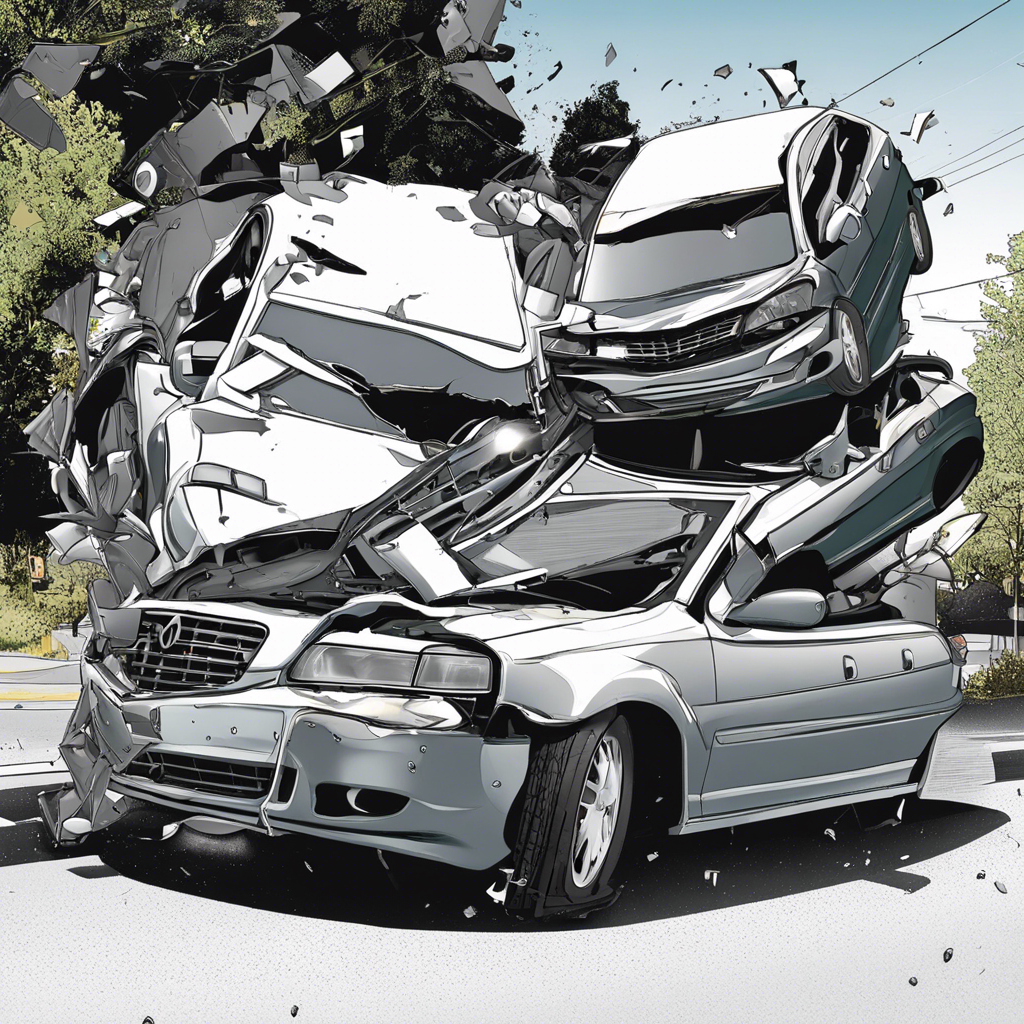Roundabouts, a popular traffic calming measure, have increasingly become a common feature in many urban areas. While roundabouts can improve traffic flow and reduce accident severity, they can also present unique challenges when it comes to determining liability in the event of a collision. Understanding the rules of the road and the principles of liability in roundabout accidents is essential for drivers, cyclists, and pedestrians alike.
In a standard four-way intersection, the rules of right-of-way are relatively straightforward. However, roundabouts introduce a continuous flow of traffic, where vehicles are meant to yield and merge into the circulating lane. When an accident occurs, it can be challenging to determine who is at fault due to the nature of this circular movement. The rules of liability in roundabout collisions often hinge on the concept of yielding and maintaining a safe distance.
Drivers entering a roundabout must yield to vehicles already in the circle and ensure they are leaving enough room for other drivers to merge safely. Failure to yield or improper merging can result in accidents and subsequent liability. In such cases, the driver who failed to yield will most likely be held responsible for any damages caused. For example, if a car enters a roundabout without giving way to an approaching vehicle, causing a side-impact collision, the entering driver may be considered at fault.
Pedestrians and cyclists also have rights and responsibilities in roundabouts. When using designated crosswalks, pedestrians have the right of way, and drivers must yield. However, pedestrians should also exercise caution and not step into the roundabout without ensuring it is safe to do so. Cyclists must follow the same yielding rules as drivers, merging into traffic and maintaining a safe distance.
In the event of a roundabout collision, it is crucial to document the scene and gather evidence. This includes taking photographs, noting the location of vehicles, and obtaining contact information from witnesses. These details can help insurance companies and legal professionals determine liability accurately. It’s also essential for those involved to seek medical attention promptly, as injuries may not always be immediately apparent.
To reduce the risk of accidents in roundabouts, drivers should approach with caution, maintain a safe speed, and always look out for vulnerable road users like pedestrians and cyclists. Being proactive and aware can significantly decrease the chances of a collision and the subsequent need to determine liability.
In summary, handling liability in roundabout accidents requires a thorough understanding of traffic rules and a detailed analysis of the circumstances. Drivers, cyclists, and pedestrians all play a role in ensuring safe navigation within roundabouts. By following the principles of yielding, maintaining a safe distance, and gathering evidence in the event of an accident, the process of determining liability can be made clearer and fairer for all parties involved.
Remember, staying informed and practicing safe driving habits can contribute to fewer accidents and smoother traffic flow in roundabout scenarios.

